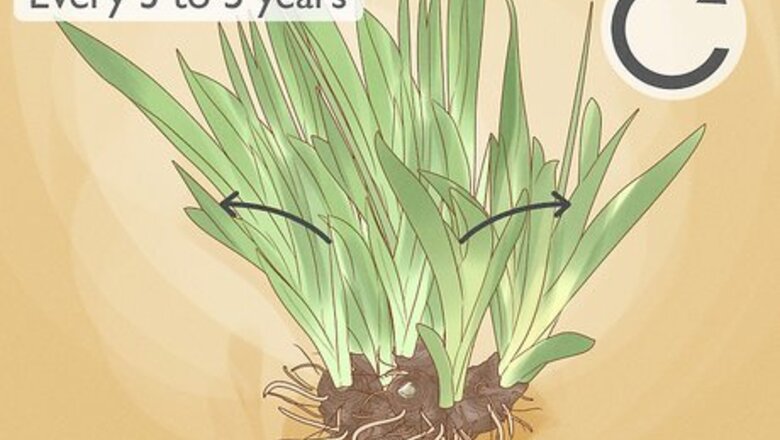
views
Giving Your Irises Space
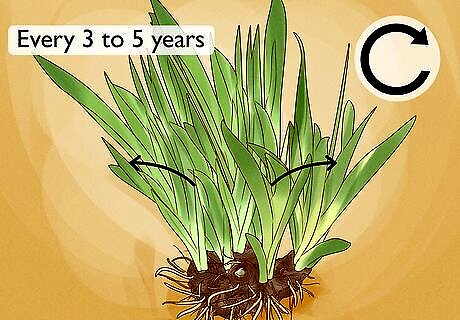
Be aware that irises need to be divided. The first and most likely cause for irises failing to bloom is overcrowding. Irises must be dug up, divided and replanted every three to four years. If this does not happen, it becomes less likely that your irises will bloom.
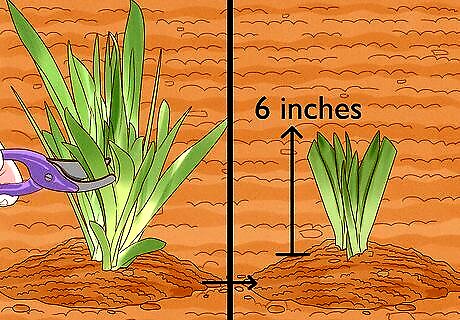
Cut the leaves down to a height of six inches. Use a shovel to begin working the soil roughly six to eight inches away from the stems of the irises. Loosen the clump of iris roots away from the dirt. When it is loosened up, lift the clump out of the ground with the tip of the shovel.
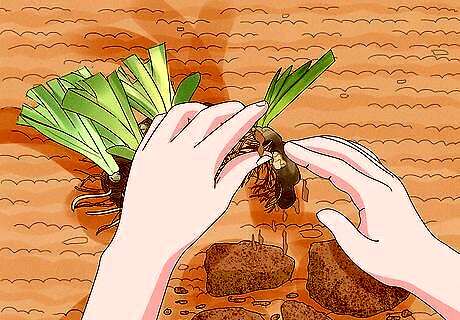
Shake the soil off the rhizomes so that you can divide them more easily. Pull multiple rhizomes apart by hand. Make sure there is a healthy fan of leaves attached to each rhizome.
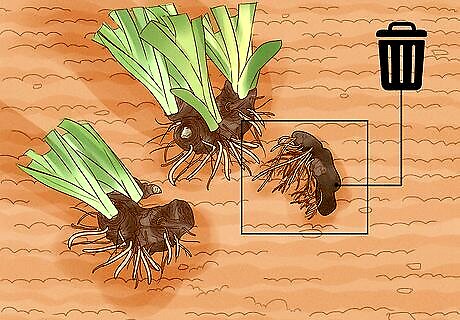
Throw away older pieces of rhizome with no leaves growing from them. Re-plant the remaining, healthy rhizomes right away. Choose a spot that is bright and sunny. The soil should drain quickly or else your irises will get soggy feet, which can also halt their ability to bloom.
Giving Your Irises Sunshine and Water
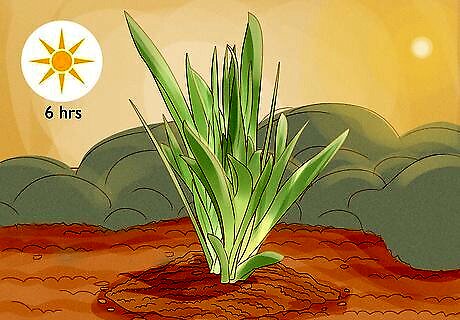
Understand that irises require sunlight to bloom. A lack of sunlight will prevent irises from blooming to their full potential. These plants require at least four to six hours of direct sunlight each day. Most varieties prefer six to eight hours of sunlight.
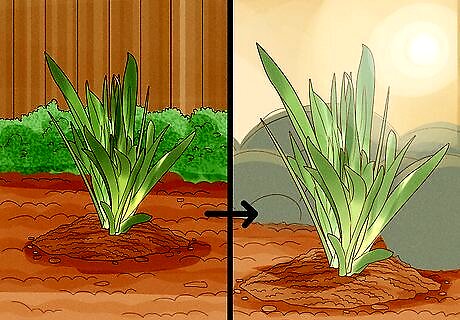
Move your irises. If your irises are planted in a shady place, move them to a sunnier location in late summer. Make sure the soil at the new location drains quickly.

Give your iris the water it needs, depending on the type of iris it is. Sufficient moisture is necessary to get irises to bloom but irrigation frequency depends primarily on the iris species. Reticulated irises (Iris reticulata), for example, should be watered once per week or so if it does not rain in the spring but only once every few weeks throughout the summer months. German irises (Iris germanica) should be watered when the top of the soil begins to dry out. This should be done throughout the growing season. Southern blue flag irises (Iris virginica) require constantly moist soil and actually thrive in sandy-bottom bogs.
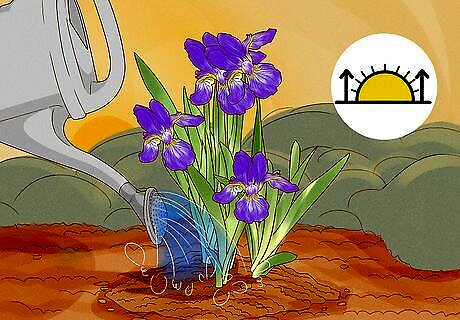
Determine which type of iris is growing in your garden. Adjust the watering schedule according to your specific iris's needs. Always water irises in the morning so that the moisture will be available to them during the heat of the day.
Feeding Your Irises
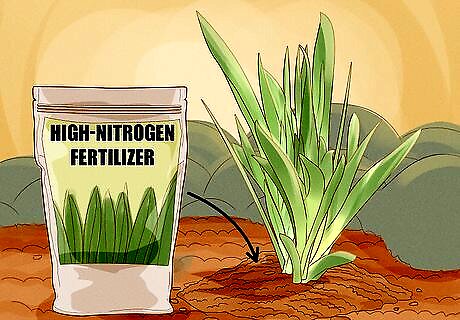
Look out for fertilizers that will not promote blooms. High-nitrogen fertilizers like those used to fertilize grass encourage only green leafy growth. They do not encourage flowering.
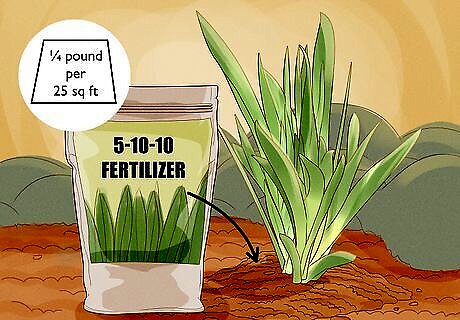
Give the irises a 5-10-10 fertilizer. This means that the fertilizer should contain 5% nitrogen, 10% phosphate, and 10% potash. Plan to use about ¼ pound of fertilizer per 25 square feet.
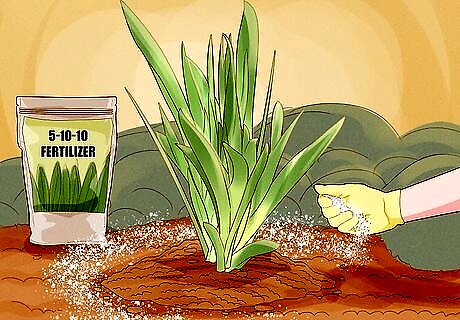
Do not sprinkle the fertilizer on the rhizomes as it can damage them. Instead, sprinkle the fertilizer around the outside of the main clump of rhizomes. Water the plant to help mix it into the soil.

Consider using a slow release formula. A 6-month slow-release formula can be used if preferred. If a slow-release formula fertilizer is not used, reblooming irises should be fed fertilizer again immediately after they bloom in the spring.




















Comments
0 comment